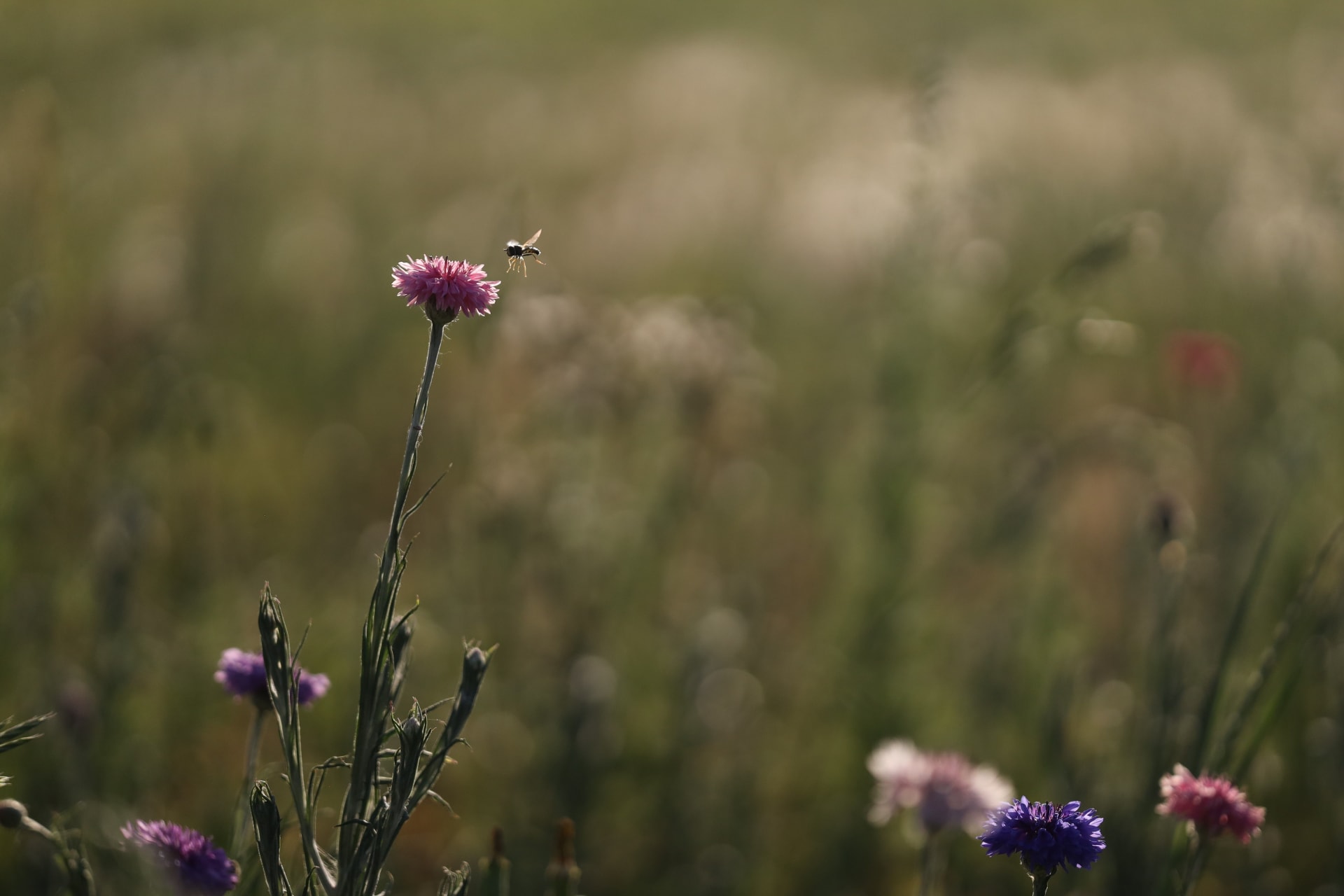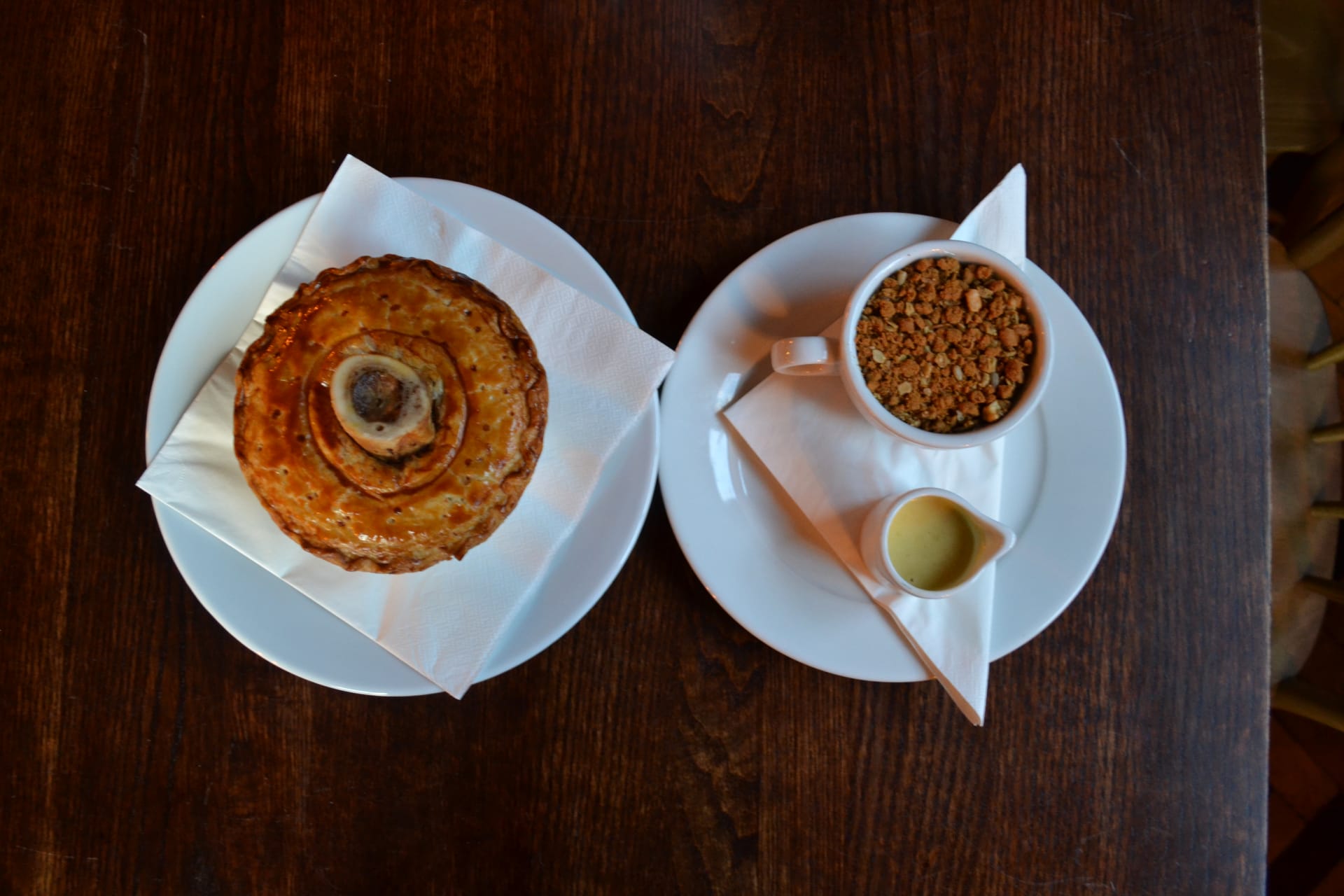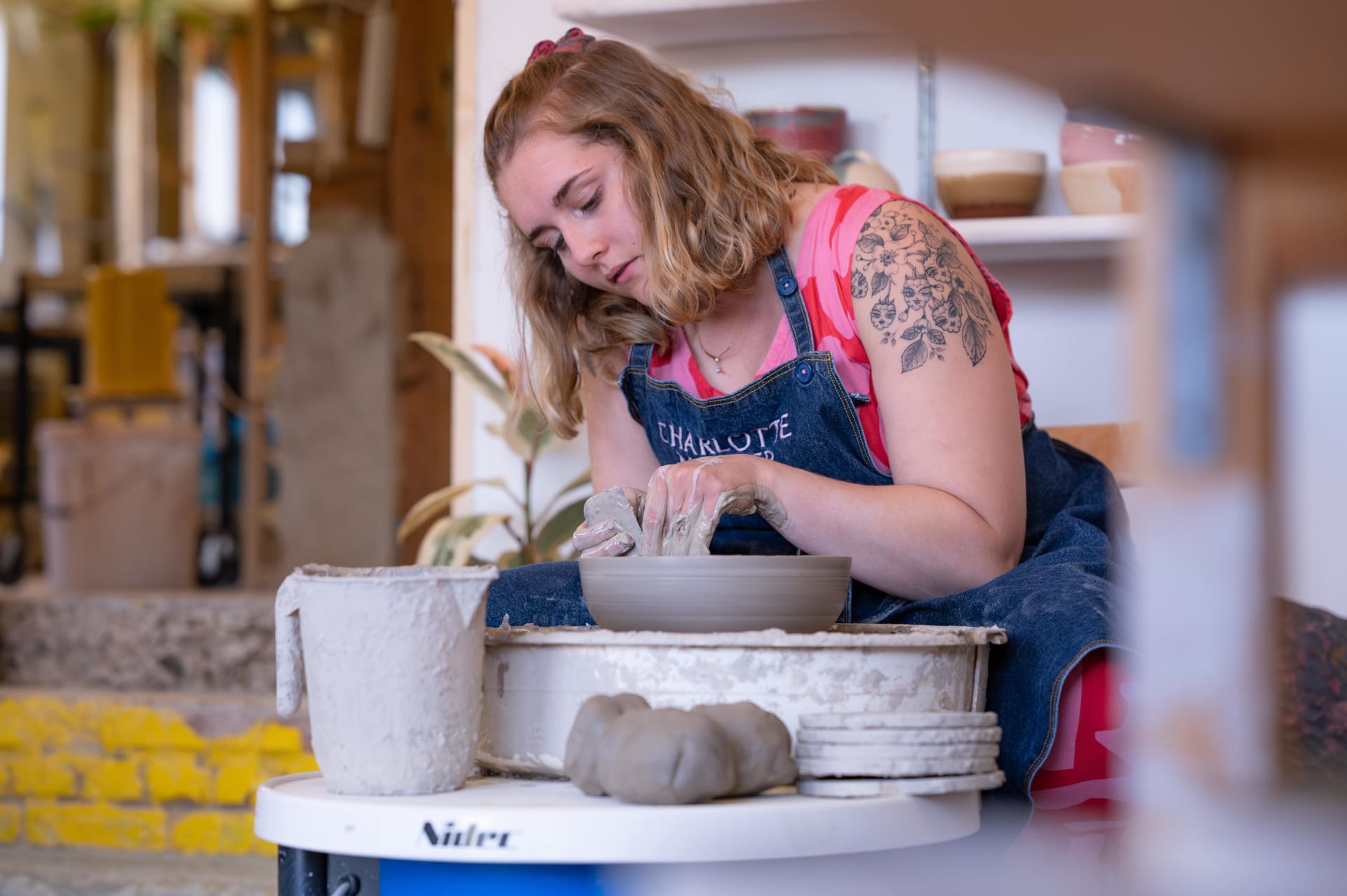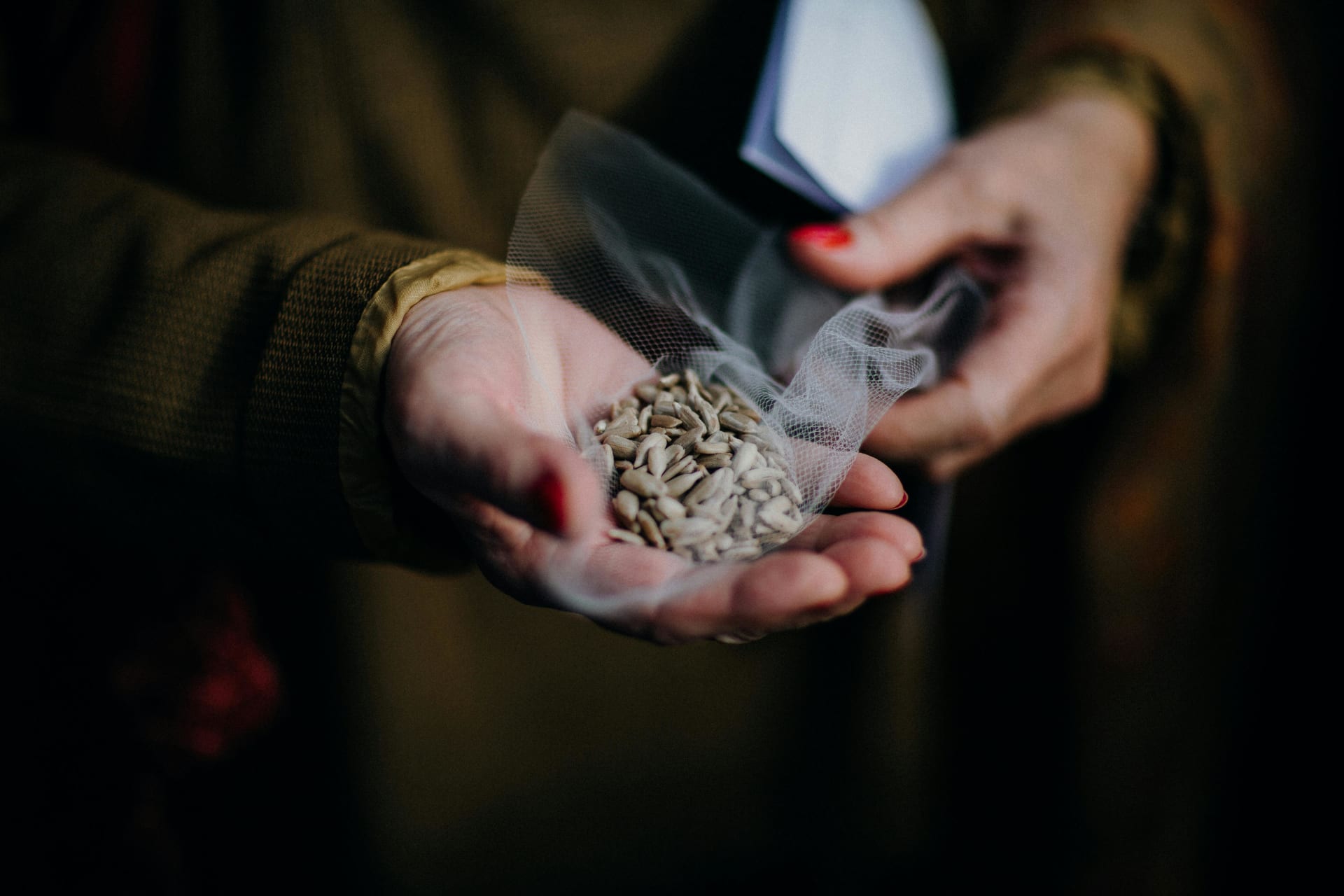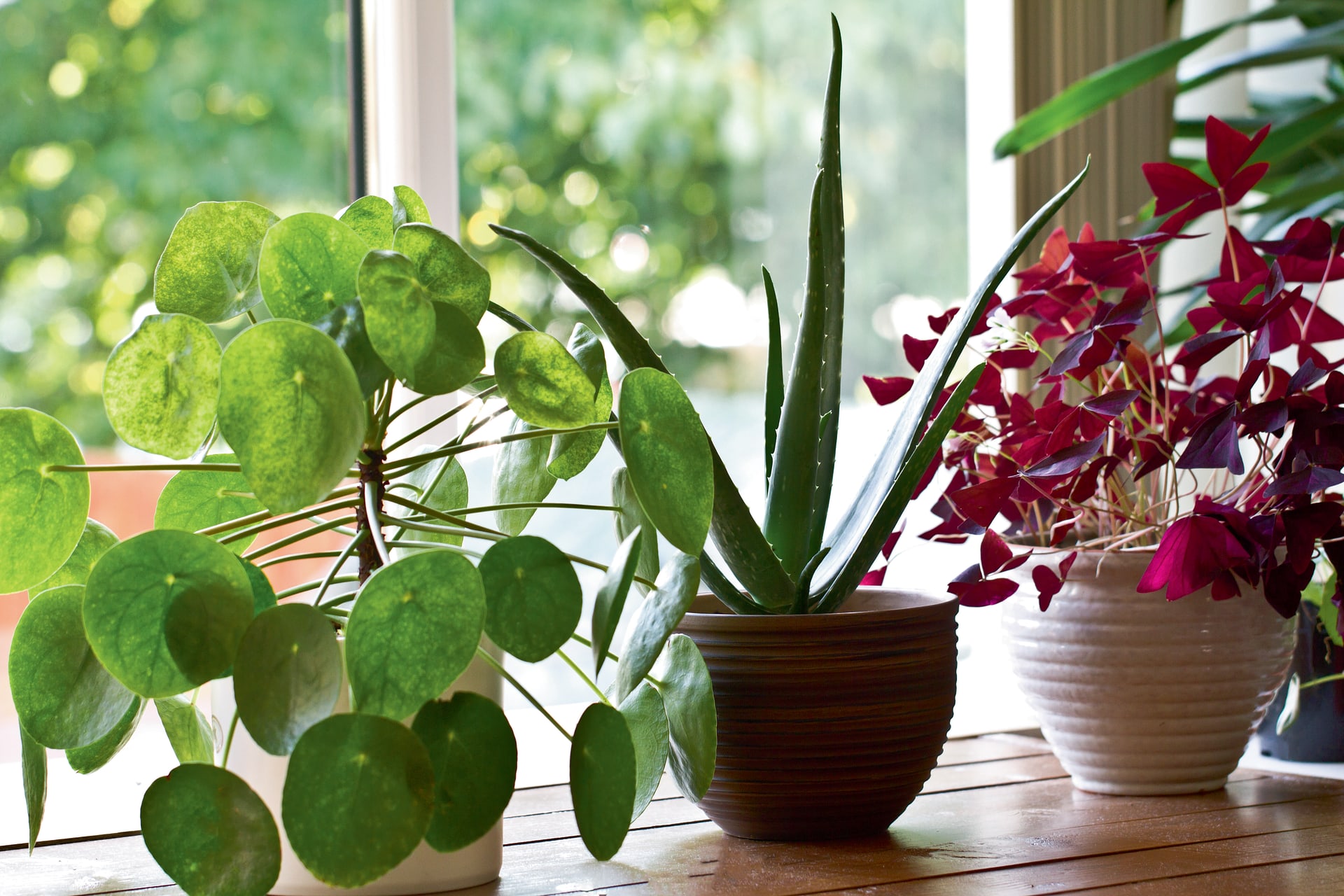Is it a wasp? Is it a bee? Actually, it might be a hoverfly.
The humble Hoverfly’s only defence against predators is it impressive speed. So, several species have evolved to resemble wasps and bees. Birds are wary of them thinking that they may possess a sting. Hoverflies often fool birds, and they fool us too.
Heavenly Hoverflies
When you think of pollinators it is probably bees and butterflies which first spring to mind. But hoverflies are also pollinators. There are roughly 270 different species of hoverfly in the UK. You may have seen several of them without even realising it.
Many hoverflies are incredibly beautiful, so they are definitely worth looking out for. But how do you know if you are watching a hoverfly or a wasp when they may both have yellow and black stripes?
How to Identify a Hoverfly
All you have to do is count the number of wings. Wasps and bees have two pairs of wings whereas hoverflies have only one. If you are lucky, you may catch sight of one of the bumblebee mimics such as Volucella bombylans. There are two forms of this large fly, one which mimics the white-tailed bumblebee and one which looks similar to the red-tailed bumblebee. Volucella zonaria looks just like a hornet.
Planting for Pollinators
Hoverflies are important pollinators. The larvae are also voracious eaters of garden pests. They will protect your veg and your roses from the dreaded aphids. Hoverflies should be welcome visitors and you can ensure that you attract more to your neck of the woods by planting marjoram, thyme, fennel and angelica. Which is pretty handy when you think about it because a herb garden will fill the air with wonderful aromas and will provide plenty of inspiration for delicious recipes.
If you would like to attract more bees to your garden then plant Blue tansy (Phacelia tanacetifolia) and lavender (Lavandula). You can’t go wrong with Buddleia davidii and sunflowers (Helianthus) if you love butterflies. Wild flower meadows are the perfect way to help pollinators prosper. Sow Knapweed (Centavrea nigra and Centavrea major), viper’s buglos (Echium vulgare) and Pincushion flowers (Scabious) to please pollinators.
The Importance of Pollinators
Any small area of land can be planted to attract pollinators, even in urban areas and, if you have the land, a wild flower meadow is an amazing feature which will light up the landscape. There are an impressive 1600 species of insect pollinators in the UK and we need them to thrive. They transfer pollen as they fly from plant to plant in search of in search of a meal and ensure that crops bear fruit flowers set to seed. We would all be in trouble without them and there is much concern about the decline of pollinators in this country.
If you think that you could be bitten by the pollinator bug (pun absolutely intended), why not create a hoverfly lagoon? It sounds very exotic doesn’t it? All you need is a container full of water and leaves. The aquatic grubs will attract species such as Myathropa florea. You will find detailed instructions at thebuzzclub.uk
My philosophy is that creating areas of woodland, wetland and wildflowers will increase numbers of invertebrates and therefore wildlife further up the food chain. Look after the inverts and everything else will follow.
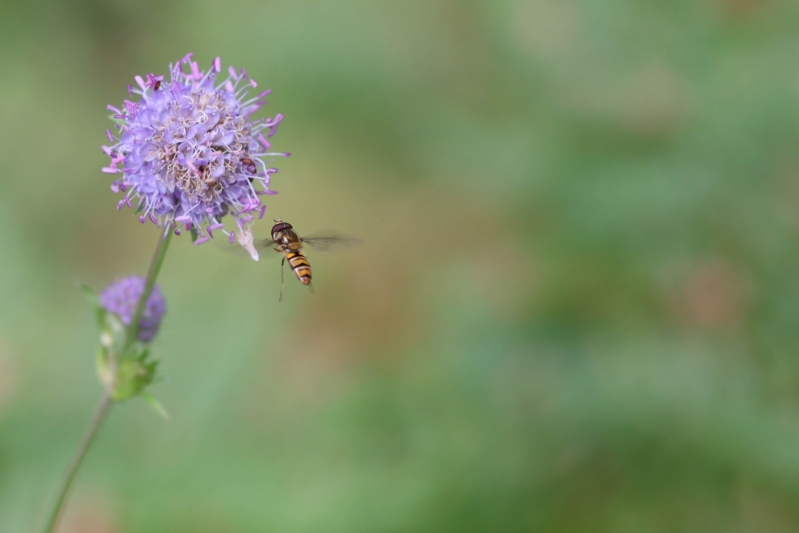
James Gillies launched his land management and consultancy services in 2016 when he was accepted as a Member of the British Institute of Agricultural Consultants (MBIAC), a body which recognises and promotes agricultural consultants. In December 2018 he was elected as a Member of Institute of Agricultural Management – recognising and promoting the highest standards in Agricultural Management practices (MIgrAM). With 20 years’ practical experience in habitat creation and land management he offers a bespoke service and deals directly with clients to manage all aspects of the habitat creation or land management project.

